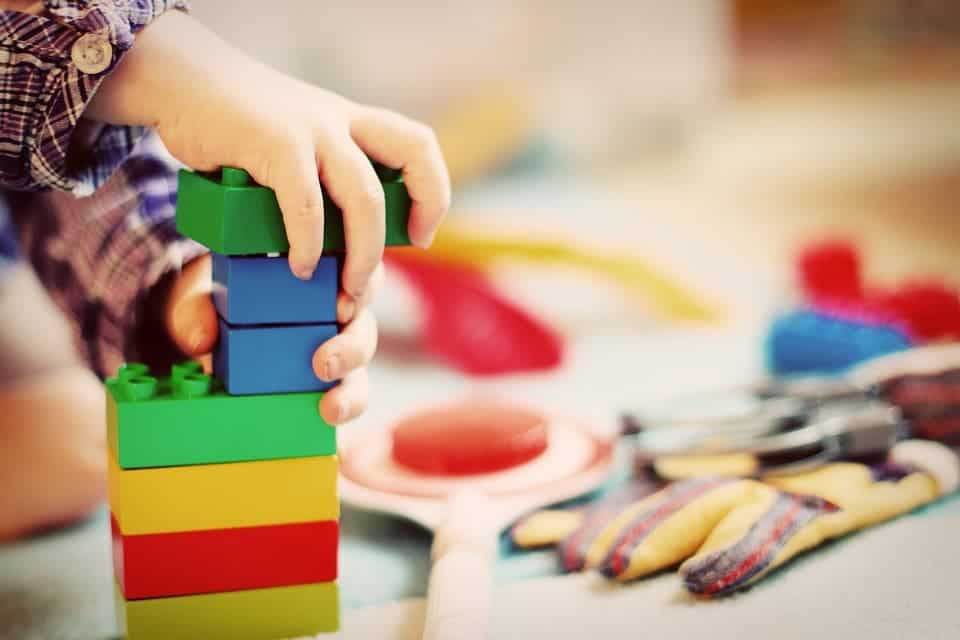For kids, versatility might be the way to go — as far as toys are concerned, anyway.
I have it on reasonable authority that kids are very likely to ignore a particular toy and make a starry-eyed beeline for the box it came in. I haven’t got any of my own, so I can’t attest to the accuracy of that, but I do have a cat — so I can relate to how confusing such an experience might be.
But fret not, parents around the world, for science comes to the rescue. A new study from the University of Alabama reports that children, particularly those at preschool age, are probably attracted to generic objects because they make for more versatile toys.
Is it a bird? Is it a plane?
“The inclusion of generic objects like sticks and boxes may allow children to extend their play because the generic objects can be used as multiple things,” said lead author Dr. Sherwood Burns-Nader, UA assistant professor of human development and family studies.
“Pretend play such as object substitution has so many benefits, such as increased socialization and problem solving.”
A cardboard box can become virtually anything in the mind of a child, the researchers say. In contrast, a spaceship or unicorn toy — despite being much more visually appealing — is doomed to remain a spaceship or unicorn for as long as you play with it. And therein lies the reason why children, especially younger ones, would generally prefer to play with the box.
Children often substitute one object for another during play. A stick can become a sword, a rifle, or a pen. But such substitutions aren’t made lightly — the object has to have a passable resemblance to the one it’s being substituted for. As such, an object’s features such as shape or markings can disqualify it completely for a certain play-task.
“Children don’t necessarily like the box better than the toy, but they can do more things with the box because it’s not limited,” Scofield said.
The team worked with 66 children and four primary objects: one round unmarked one, one round object marked to resemble a clock, a rectangular unmarked one, and a rectangular object marked to look like a book.
The children were read a story about a young boy named Tommy. Throughout the story, Tommy needed help finding certain items that would help in the scenarios of the story. The children were asked to pick which of the four best fit the object needed in each situation. For example, at one point Tommy wanted to go outside and play with his friends, but it was cold, and he needed a jacket. His jacket was missing a button, so the children were asked which of the four items could be a button.
“There are two parts to this,” Scofield said. “First, we expect children to choose based on shape. Since most buttons are round, we think children will choose one of the two round objects to stand in for the button. Second, we expect children to favor the unmarked shapes. We think the marked shapes have a kind of fixed identity that restricts what they can be.”
The 66 children — 22 three-year-olds, 22 four-year-olds, and 22 five-year-olds — behaved pretty much exactly as the team expected them to behave: they picked the correct shape 92% of the time in all scenarios. They also showed a preference for the unmarked objects, choosing them 65% of the time in all four scenarios. Plain objects offer more flexibility to children, which can be helpful information for parents and childcare providers when purchasing toys, Burns-Nader said.
The team concludes that children’s play spaces stand to benefit from including generic objects with few details as tools to promote object substitution and creative play.
The paper “The role of shape and specificity in young children’s object substitution” has been published in the journal Infant and Child Development.










